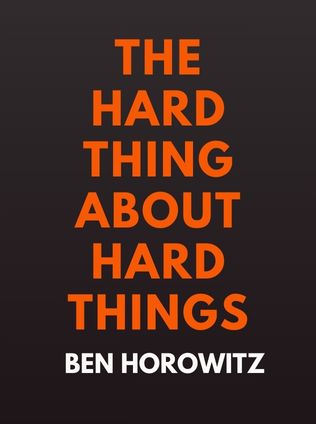
HR Transformation
Building Human Resources From the Outside In
By Wayne Brockbank,
Published 08/2009
About the Authors
Dave Ulrich, Justin Allen, Wayne Brockbank, Jon Younger, and Mark Nyman are renowned experts in human resources and business transformation. Dave Ulrich is a professor at the University of Michigan's Ross School of Business, Justin Allen is the managing director of The RBL Institute, Wayne Brockbank is a clinical professor at the University of Michigan's Ross School of Business, Jon Younger leads the strategic HR practice and is a director of The RBL Institute, and Mark Nyman has worked with numerous clients, including Adidas, Cisco, and Comcast. Together, they bring a wealth of experience and insight into transforming HR into a strategic business function.
Main Idea
The main idea of "HR Transformation: Building Human Resources from the Outside In" is to redefine the role of HR professionals from an internally focused function to one that aligns with and drives business success. The authors emphasize that HR transformation is not about optimizing HR tasks but about creating value for the business by aligning HR practices with business goals and external stakeholder needs. This transformation involves a comprehensive approach that includes building a business case, defining outcomes, redesigning HR practices, and engaging key stakeholders.
Table of Contents
- Introduction
- Phase 1: Build the Business Case (Why)
- Phase 2: Define the Outcomes (What)
- Phase 3: Redesign HR (How)
- Phase 4: Engage Line Managers and Others (Who)
- Case Studies
- Conclusion
Introduction
HR Transformation provides a roadmap for HR professionals to become strategic partners in their organizations. The book combines theoretical frameworks with practical tools and processes to guide HR transformations that are aligned with business strategies and stakeholder expectations. The authors argue that for HR to be truly effective, it must go beyond traditional functions and actively contribute to the strategic goals of the organization.
Phase 1: Build the Business Case (Why)
Understanding Business Context
The first phase of HR transformation involves understanding the business context and the reasons behind the transformation. The authors highlight the importance of linking HR efforts directly to the business strategy and the external factors that influence it. This involves reviewing business conditions, understanding stakeholder expectations, and assessing the readiness for transformation. As the authors state, "When people understand the 'why' of change they are more likely to accept the 'what.'" By grounding HR transformation in the business context, HR professionals can ensure that their efforts are aligned with real business needs.
"When HR transformation connects to the context of the business, it is more likely to be sustained because it responds to real needs." - Dave Ulrich
Building a Business Case
To build a compelling business case for HR transformation, HR professionals must demonstrate how their efforts will meet stakeholder expectations and contribute to business success. This involves shifting the conversation from internal HR outcomes to business outcomes. For example, instead of focusing on improving HR practices for their own sake, HR professionals should link these improvements to business goals such as increased efficiency, better talent management, and enhanced customer satisfaction.
Sign up for FREE and get access to 1,400+ books summaries.
You May Also Like
The Lean Startup
How Today's Entrepreneurs Use Continuous Innovation to Create Radically Successful Businesses
By Eric RiesWho Moved My Cheese?
An Amazing Way to Deal with Change in Your Work and in Your Life
By Spencer Johnson, M.D.Make Your Bed
Little Things That Can Change Your Life...And Maybe the World
By William H. McRavenThe Ride of a Lifetime
Lessons Learned from 15 Years as CEO of the Walt Disney Company
By Robert IgerThe Hard Thing About Hard Things
Building a Business When There Are No Easy Answers
By Ben Horowitz



















